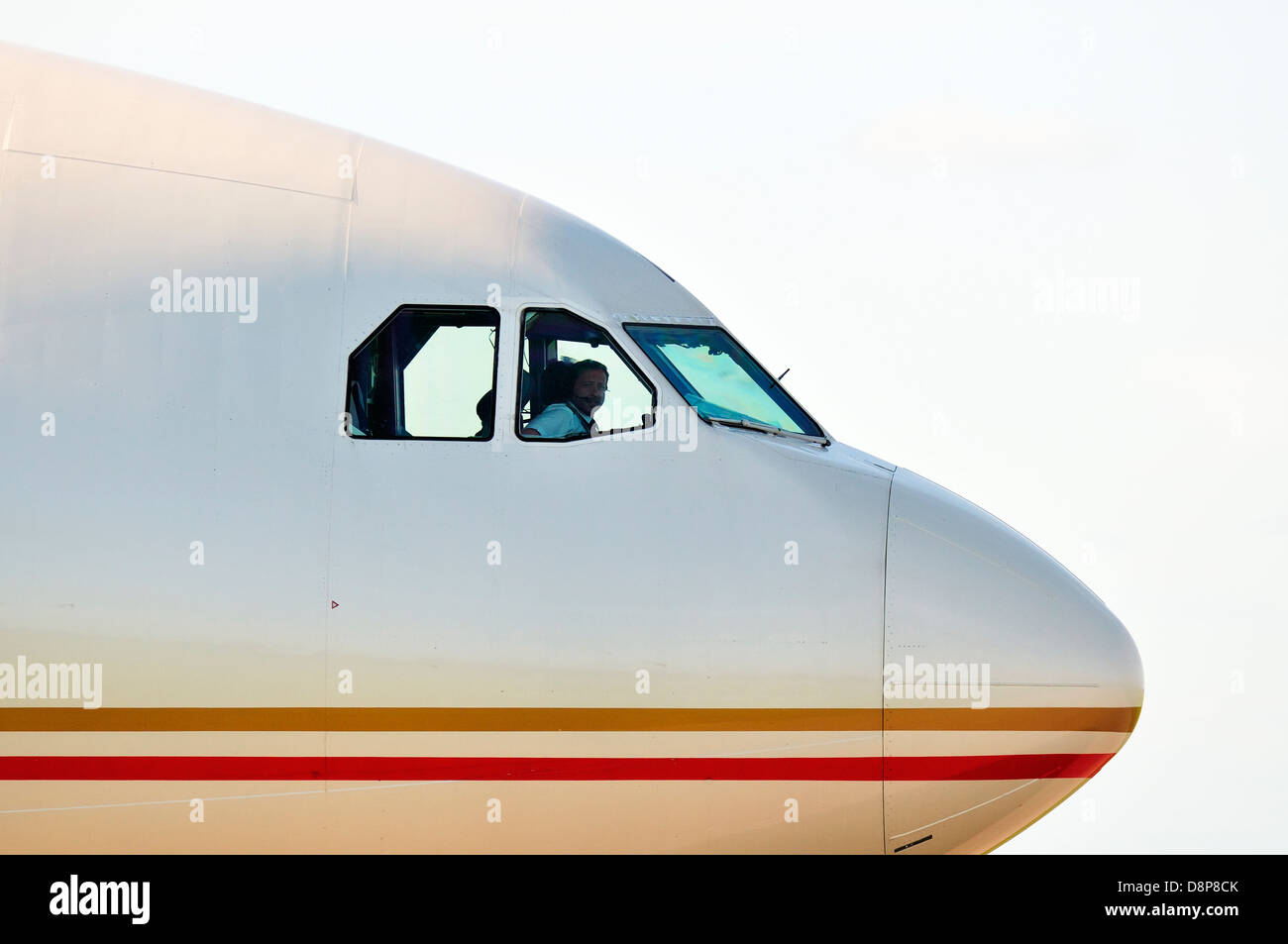
The longest A340-600 was stretched to 75.4 m (247 ft), then the longest airliner, to accommodate 320–370 passengers over 14,450 km (7,800 nmi 8,980 mi).Īs improving engine reliability allowed ETOPS operations for almost all routes, more economical twinjets have replaced quadjets on many routes. The later A340-500/600 have a larger wing and are powered by 275 kN (62,000 lbf) Rolls-Royce Trent 500 for a heavier 380 t (840,000 lb) MTOW.

Both airliners have fly-by-wire controls, which was first introduced on the A320, as well as a similar glass cockpit. Differences include four 151 kN (34,000 lbf) CFM56s instead of two high-thrust turbofans to bypass ETOPS restrictions on trans-oceanic routes, and a three-leg main landing gear instead of two for a heavier 276 t (608,000 lb) MTOW. Keeping the eight-abreast economy cross-section of the A300, the early A340-200/300 has a similar airframe to the A330. The larger A340-500/600 were launched on 8 December 1997 the A340-600 flew for the first time on 23 April 2001 and entered service on 1 August 2002. It was certified along with the A340-200 on 22 December 1992 and both versions entered service in March 1993 with launch customers Lufthansa and Air France. In June 1987, Airbus launched both designs with their first orders and the A340-300 took its maiden flight on 25 October 1991. In the mid-1970s, Airbus conceived several derivatives of the A300, its first airliner, and developed the A340 quadjet in parallel with the A330 twinjet.

The Airbus A340 is a long-range, wide-body passenger airliner that was developed and produced by Airbus. Here is a comparison of the glareshield and pedestal: It is impossible to say which one (A318, A319, A320 or A321) based on that picture. Therefore, the picture you show must be an A320 family aircraft. One easy way to distinguish them is the alternate landing gear extension system (the one for the A320 is mechanical and located on the rear pedestal, the one for the A330 is located just below the gear lever, marked in red below):Īlso note the different landing gear indicator layout (marked in green in the pictures above), since the A330 accommodates for the extra center landing gear of the A340 (same family). This leaves us with the A320 and A330, which have very similar cockpit layouts. The A380 and the similar looking SSJ100 have taller screens instead: The newer A350 uses wider screens, excluding this type since your picture shows much smaller screens: The Airbus A340 and A380 have 4 engines and therefore 4 thrust levers, excluding these types since your picture shows only 2 thrust levers: The earlier A300 and A310 still used analog engine instruments, excluding these types since your picture shows the engine instruments on the upper central screen: There are a few distinctive items to look at when distinguishing between different Airbus aircraft: Engine instruments

Based on the general layout and design, it looks like an Airbus aircraft (although that can be misleading sometimes).


 0 kommentar(er)
0 kommentar(er)
